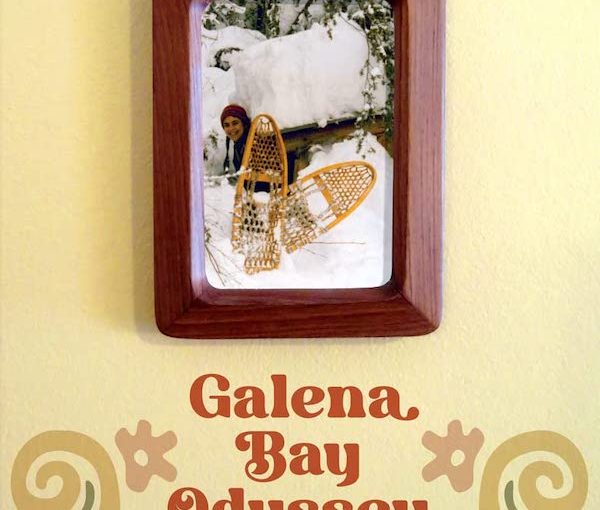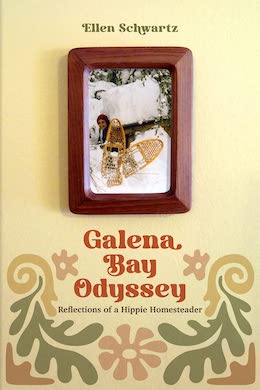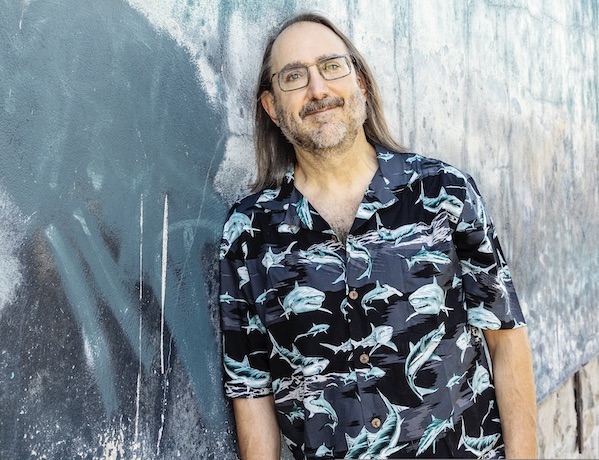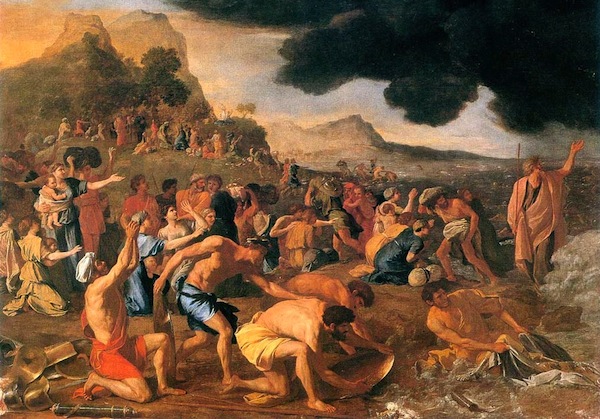Mark Leiren-Young (photo from Mark Leiren-Young)
From a neurotic gentleman who dresses like a bat, to a wise-cracking human spider, to a Super-Mensch appearing in the bulrushes, not to mention a green golem – it is impossible to escape the Jewish influences of comic superheroes, says Mark Leiren-Young, a creative writing instructor at the University of Victoria.
Put another way, Leiren-Young told the Independent, “It would be simpler to name the iconic comic superheroes who were not shaped by Jewish immigrants. It’s a very small list: Wonder Woman and Shazam. That’s it. That’s all of them.”
In his classes, Leiren-Young and his UVic students examine and analyze the origins of the classic superheroes, almost all of whom were created by Jewish immigrants in the United States. In the first half of the 20th century, these creators were working in comics at least in part because they were not allowed to get jobs in advertising or journalism at the time. In other words, Jews were permitted to do the low-class work that “proper people” would not consider.
Superman, Batman, Spider-Man, Green Lantern, the Flash, Dr. Strange and numerous others on the superhero roster were all products of Yiddishkeit, according to Leiren-Young, whose classes on the DC Universe and the Marvel Universe are among the most popular electives at the university.
“One of the things that fascinated me when I did a deep dive into this – all of these Jewish creators were creating characters who were not shy about their religion, though there were none who overtly identified as Jewish. For example, Spider-Man’s sense of humour is absolutely Borscht Belt humour. It is Stan Lee’s humour,” he said, referring to the character’s creator. “Now, you’re seeing the actor playing Spider-Man (Andrew Garfield) saying he just assumed he was a Jewish character. That’s how he reads.”
The perceived Jewishness of the early manifestations of comic superheroes was not lost on the Nazis. In 1940, a copy of Look magazine, featuring a two-page segment on how Superman would end the war, made its way to the desk of Das Schwartze Korps, the weekly publication of the SS, in Germany. The Nazis attacked Superman’s creator, writing, “Jerry Siegel, an intellectually and physically circumcised chap who has his headquarters in New York, is the inventor of a colourful figure with an impressive appearance, a powerful body, and a red swim suit who enjoys the ability to fly through the ether.
“The inventive Israelite named this pleasant guy with an overdeveloped body and underdeveloped mind ‘Superman.’ He advertised widely Superman’s sense of justice, well-suited for imitation by the American youth. As you can see, there is nothing (they) won’t do for money!”
The Nazis, led by Joseph Goebbels, their chief propagandist, were concerned about Superman’s sense of justice, Leiren-Young contends. The effects of the German invective against Superman and his creators carried over to these shores as well, with DC Comics being picketed by American Nazis in 1940.
“The creators of Superman were living in a Jewish section of Cleveland and were emphatically impressed with the idea of social justice,” Leiren-Young said.
The Superman-going-to-war spread in Look magazine preceded another daring Jewish-inspired comic – Captain America punching Hitler – that would be published in 1941, before the United States entered the war.
The Jewish creators of Superman and Captain America essentially were going to war and defining Hitler as the enemy before any American troops were involved, Leiren-Young explained.
“Captain America was created to punch Hitler. He looks like a nerdy Jew until he gets the super serum and then turns into the All-American Hero, which also created protests from the American Nazi Party. These were controversial because there were still so many Americans who were really not keen on the United States going to war,” said Leiren-Young.
Such imagery continued after the war. In the 1961 comic “The Death of Superman,” for example, the setting for the trial of Lex Luthor, Superman’s archenemy, strongly resembles the trial of Adolf Eichmann in Israel.
In another postwar Jewish connection, the scientist who invented Captain America in the comic series looks increasingly like Albert Einstein as the story progresses.
Leiren-Young developed an interest in comics at an early age, “raiding” his uncle’s collection after Shabbat dinners. “He had everything, but for me it was all about the DC Comics. I remember there were all sorts of different comics, but a lot of DC superheroes,” said Leiren-Young, who has more than 15,000 comic books in his collection.
In 2014, when Swerve magazine asked writers across Canada to name the most influential book they read as a youth, Leiren-Young responded, “I’ve written a few stories about how and why I fell in love with comics, but I never imagined that having a collection of 15,000-plus comics would launch my career as a television writer or become a job qualification for teaching certain university classes,” he tells his students.
Leiren-Young has written and/or developed animated shows for Netflix, BBC Kids, ABC, Teletoon and other broadcasters. He has also written for BBC’s live-action CGI superhero series Ace Lightning, and his other cartoon credits include scripts for ReBoot, Transformers: Beast Wars, RollBots, Class of the Titans and Pucca.
Beyond his classes and comics, Leiren-Young is a playwright, author, journalist, filmmaker and performer. The Hundred-Year-Old Whale, a film he wrote and directed, received the 2017 Writers Guild of Canada award for best documentary. His memoir, Never Shoot a Stampede Queen, won the 2009 Stephen Leacock Memorial Medal for Humour.
Leiren-Young recently gave a talk about comic superheroes at Victoria’s Congregation Emanu-El and hopes to address a Vancouver audience about the subject in the near future. His knowledge and enthusiasm for comics extends well beyond the confines of a standard newspaper article. He recommends Up, Up and Oy Vey by Simcha Weinstein, Stan Lee: A Life in Comics by Liel Leibowitz and Is Superman Circumcised? The Complete Jewish History of the World’s Greatest Hero by Roy Schwartz for further reading on the subject.
Sam Margolis has written for the Globe and Mail, the National Post, UPI and MSNBC.





